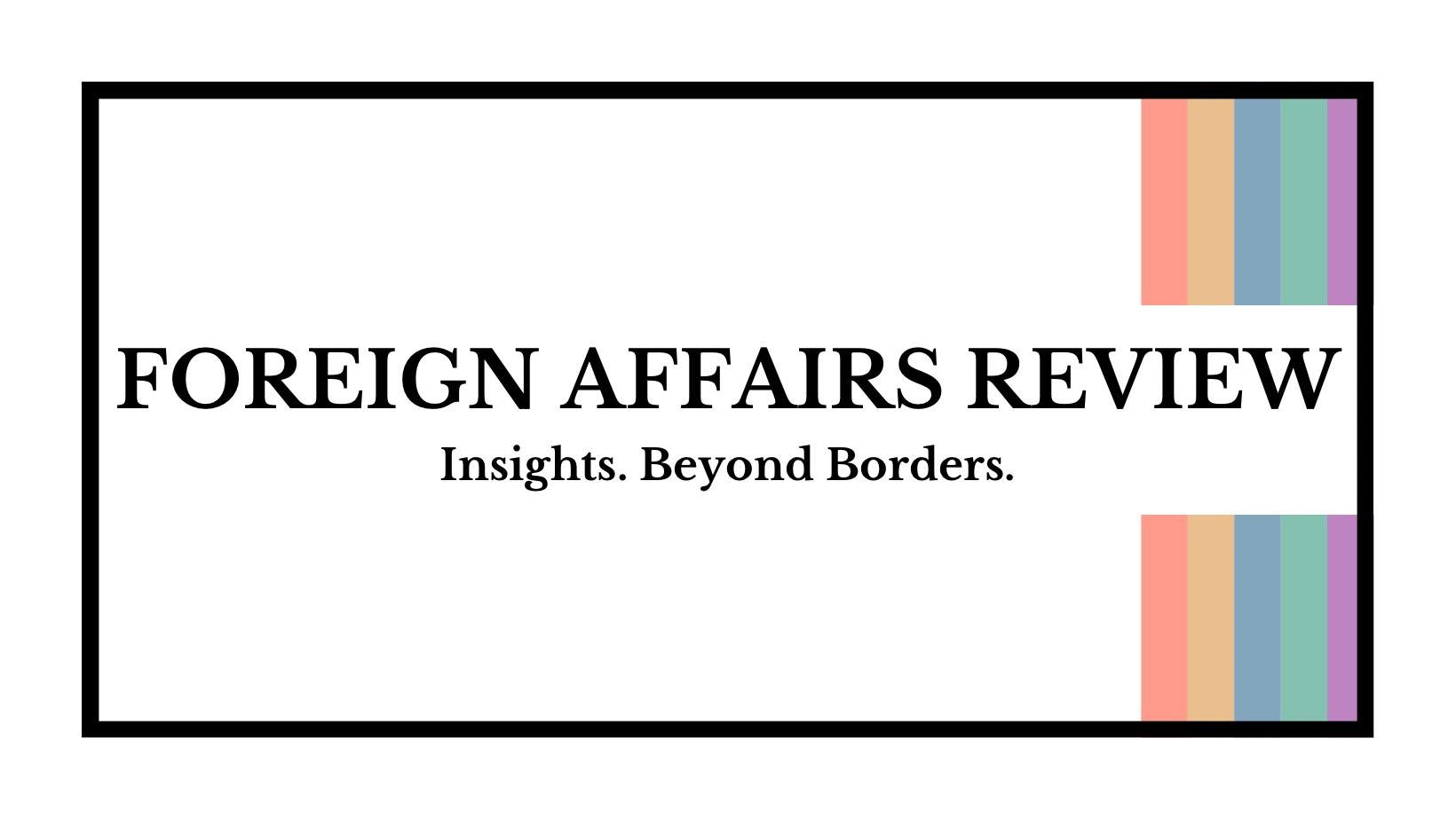Trump, Taiwan, and China: How a Second Term Could Reshape U.S. Policy in the Indo-Pacific
Taiwan operates as a separate self-governing entity from China, yet there is significant disagreement on its legal status as a state. Only 12 countries, not including the United States despite unofficial diplomatic relations, officially recognize Taiwan. China's and Taiwan’s histories are deeply intertwined. The first known settlers of Taiwan were believed to have come from Southern China. After the end of World War II, Japan relinquished control of Taiwan to China, and Taiwan was officially considered occupied by the Republic of China. However, in 1949, the Chinese Communist Revolution erupted, causing then-leader Chiang Kai-shek and the remnants of his supporters—around 1.5 million people—to escape to Taiwan. Following the death of their dictator in 1975, Kai-shek, Taiwan established a democracy and held its first direct elections in 1996. Today, two distinct governments exist within the region: the People's Republic of China (PRC), the mainland, and the Republic of China (ROC), based in Taiwan. Beijing consistently maintains that Taiwan is its territory and frequently threatens military action if it were to declare formal independence.
China exerts intense diplomatic pressure on other states not to recognize Taiwan through its ‘One China’ principle, which asserts the PRC as the sole legal government of China and Taiwan as a “sacred and inseparable” part of its territory. The United States acknowledged this principle when it moved to recognize the PRC and de-recognize the ROC in 1979. According to the United States Department of State, the U.S. sees Taiwan as a key partner in the Indo-Pacific. Importantly, the Department highlights that the United States “does not have diplomatic relations with Taiwan” but a “robust unofficial relationship”. In recent years, US-Taiwan relations have escalated. During President Donald Trump’s first term (2017-2021), his administration approved arms sales to Taiwan worth approximately 18.76 billion USD, strengthening collaboration in the cybersecurity and energy sectors. The Biden administration continued this trend. The 2020 Taiwan Assurance Act, for example, requires the Department of State to conduct periodic reviews of its guidelines for U.S. engagement with Taiwan. This includes addressing self-imposed limitations on U.S.-Taiwan relations and acknowledging Taiwan as a democratic partner and a free and open society. However, mainland China insists that any country seeking diplomatic relations with it must completely sever ties with Taiwan. Yet, the United States has been actively supporting Taiwan under the guise of an ‘unofficial’ relationship, particularly through military aid. China frequently conducts military exercises and missile tests in the Taiwan Strait to intimidate and assert its claims over the Island Nation, President Biden even went so far as to state that the United States would defend Taiwan against an unprecedented Chinese invasion. Some analysts argue that in recent years the United States has been subtly diluting its commitment to China on the status of Taiwan as its territorial right.
As Donald Trump begins his second term U.S. foreign policy toward China is expected to shift, potentially further undermining Taiwan’s legitimacy as a sovereign nation. Under Joe Biden, U.S.- China relations remained tense, characterized by strategic resistance and confrontation amid discussions of China’s rise and the end of the Liberal International Order. In contrast, during a 2023 interview, Trump gushed about Xi Jinping, referring to him as a “brilliant man”. In a rally in Pennsylvania in September of 2022, he praised Xi Jinping for ruling China “with an iron fist”. Trump’s strategy is straightforward: he seeks to please. In February 2025, he emphasized that he would like to maintain good relations with China despite increased tariff implementation. Trump’s stance on Taiwan has also become slightly hostile. Over the summer, he argued that Taiwan should compensate the U.S. for military aid, citing the island’s wealth as the world’s leading semiconductor chip manufacturer as evidence. He went further, accusing Taiwan of “stealing” this economic opportunity from the United States. Taiwanese officials disputed his claim, emphasizing that they allocate 2.5% of their economic output to defense, more than many European NATO allies. However, Taiwan faces a unique situation as its sovereignty remains contested. Additionally, as Trump promotes isolationist policies under the ‘America First’ motto, Taiwan has growing concerns for U.S. support. Zhu Fenglian, spokesperson for China’s Taiwan Affairs Office, suggested that the U.S. could abandon Taiwan to pursue its own interests.
As China's power grows, so does its aggression toward Taiwan. When former U.S. House Speaker Nancy Pelosi visited the island in 2022—a clear demonstration of diplomatic relations and support for the country—China set off massive drills as a warning. More recently, the President of the ROC, William Lai Ching-te, provoked further backlash from Beijing. In October 2024, China launched military drills off Taiwan’s coast as “punishment” for a speech in which Lai vowed to resist annexation and defend Taiwanese sovereignty. China’s stance on Taiwan remains unchanged, framing Taiwanese independence as incompatible with peace in the region. While Biden’s United States condemned the launch of the military drills, stating there was “no justification” for the attack, how would a second Trump administration respond? Given his isolationist rhetoric and skepticism towards U.S. support abroad, his leadership could weaken Taiwan’s security and further exacerbate Chinese aggression.
Image courtesy of 象心力 via Wikimedia Commons, ©2011. Some rights reserved.
The views and opinions expressed in this article are those of the author and do not necessarily reflect those of the wider St. Andrews Foreign Affairs Review team.



